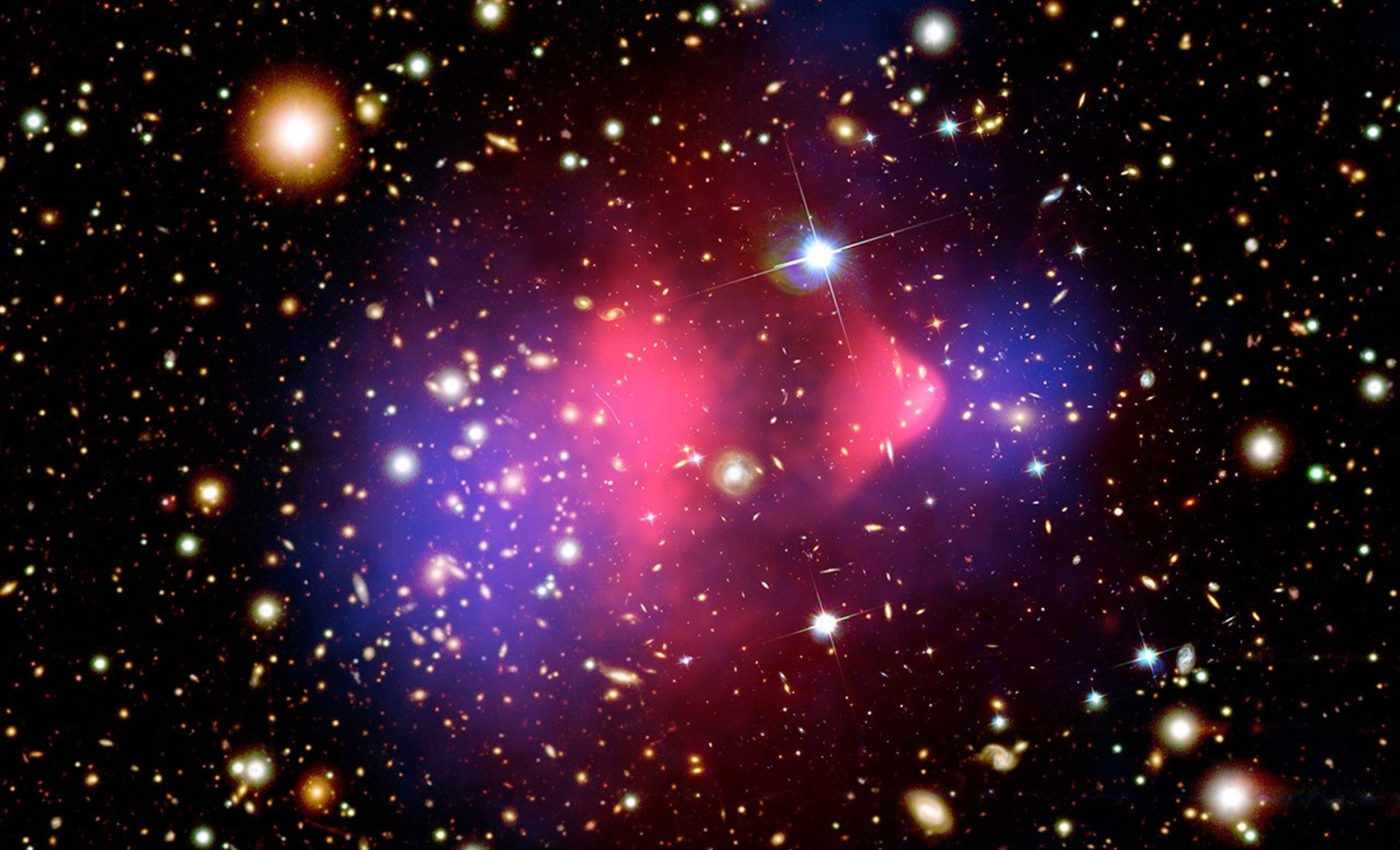
Radio waves in the early universe may finally reveal dark matter
Long before the first stars appeared, the Universe was silent. No galaxies. No light. Just vast stretches of hydrogen gas and something mysterious shaping everything we now see – dark matter.
A team at Tel Aviv University has tried something bold. They predicted what radio waves from that ancient era might look like if we could detect them today.
The research suggests that dark matter gathered into dense clumps, pulling in hydrogen gas that produced radio waves powerful enough to reach us across billions of years.
The study was led by Professor Rennan Barkana from Tel Aviv University’s Sackler School of Physics and Astronomy. He worked with Ph.D. student Sudipta Sikder and researchers from Japan, India, and the United Kingdom.
Universe origins through dark matter
Hydrogen once filled the young Universe. When dark matter tugged at it, the gas released faint radio signals. Detecting those ancient sounds could unlock the story of how structure began.
The problem is Earth. Our atmosphere blocks such weak signals, and modern interference makes things worse. Ordinary antennas cannot pick them up. The only way is to move beyond the noise.
That’s why researchers look to the Moon. It has no air, no radio chatter, and endless quiet. Perfect for listening. Building a telescope there is tough, but the timing might finally work. The world’s space agencies are racing back to the Moon.
The United States, China, India, and Europe all want meaningful scientific goals for their missions. A lunar radio telescope could provide one.
Finding dark matter in the Universe
“NASA’s new James Webb space telescope discovered recently distant galaxies whose light we receive from early galaxies, around 300 million years after the Big Bang. Our new research studies an even earlier and more mysterious era: the cosmic dark ages, only 100 million years after the Big Bang,” noted Professor Barkana.
“Computer simulations predict that dark matter throughout the Universe was forming dense clumps, which would later help form the first stars and galaxies. The predicted size of these nuggets depends on, and thus can help illuminate, the unknown properties of dark matter, but they cannot be seen directly.”
The hydrogen gas trapped by dark matter began to glow faintly in radio waves, leaving behind a signal that might still be measurable today.
“However, these dark matter clumps pulled in hydrogen gas and caused it to emit stronger radio waves. We predict that the cumulative effect of all this can be detected with radio antennas that measure the average radio intensity on the sky,” said Professor Barkana.
Those simulations hint at something extraordinary. Radio signals from the dark ages could show how invisible matter built the foundation for galaxies. Each signal is weak, but together, they tell the earliest chapter of cosmic history.
When dark matter shaped stars
After the dark ages came the “cosmic dawn.” The first stars burst to life and changed everything. Their light heated surrounding gas and made the radio glow brighter.
Those later signals may be easier to spot from Earth, though harder to understand because early star formation added new variables.
To decode this, astronomers are preparing enormous radio observatories. The Square Kilometre Array, now under construction in Australia, will use 80,000 antennas to scan the sky.
Professor Barkana is a key contributor to this global project. By mapping tiny variations in radio intensity, the array could reveal where dark matter once clumped together, shaping the cosmic web that holds galaxies today.
Seeing darkness clearly
Dark matter dominates the Universe but stays invisible. It neither shines nor reflects light, yet its gravity shapes galaxies and clusters.
Studying dark matter is hard because it’s tangled with visible matter. The early Universe was different. It was clean – a natural laboratory where dark matter acted alone.
That’s what makes these predictions powerful. They offer a chance to study dark matter before it mixed with stars and dust. Listening to ancient radio waves could finally expose what this elusive material is made of.
Tuning into ancient radio signals
“Just as old radio stations are being replaced with newer technology that brings forth websites and podcasts, astronomers are expanding the reach of radio astronomy. When scientists open a new observational window, surprising discoveries usually result,” Professor Barkana concluded.
“The holy grail of physics is to discover the properties of dark matter, the mysterious substance that we know constitutes most of the matter in the Universe, yet we do not know much about its nature and properties. Understandably, astronomers are eager to start tuning into the cosmic radio channels of the early Universe.”
Tuning into these faint signals could transform astronomy. Instead of just seeing the Universe, scientists would hear it – tracing how darkness gave birth to light.
The study from Tel Aviv University shows that even silence can hold answers. In the empty spaces between stars, the Universe still whispers its earliest secrets.
The study is published in the journal Nature Astronomy.
Image Credit: NASA
—–
Like what you read? Subscribe to our newsletter for engaging articles, exclusive content, and the latest updates.
Check us out on EarthSnap, a free app brought to you by Eric Ralls and Earth.com.
—–













